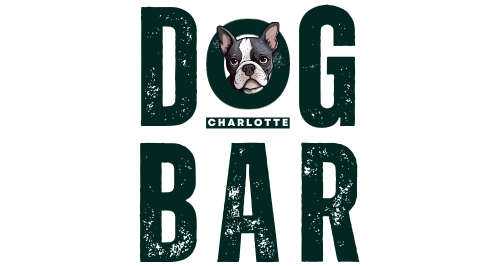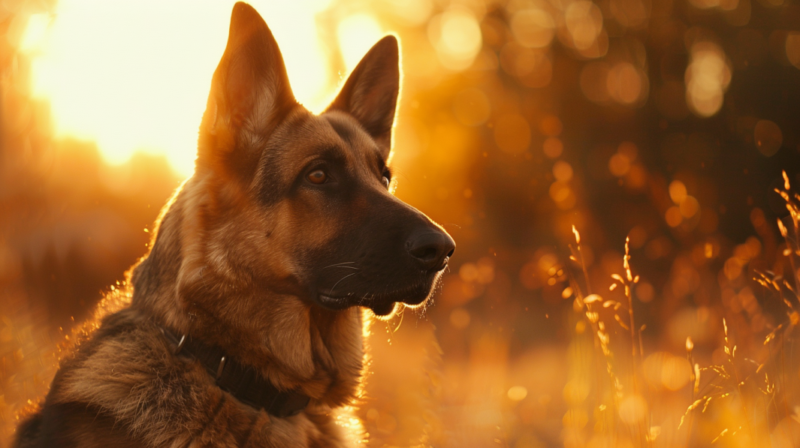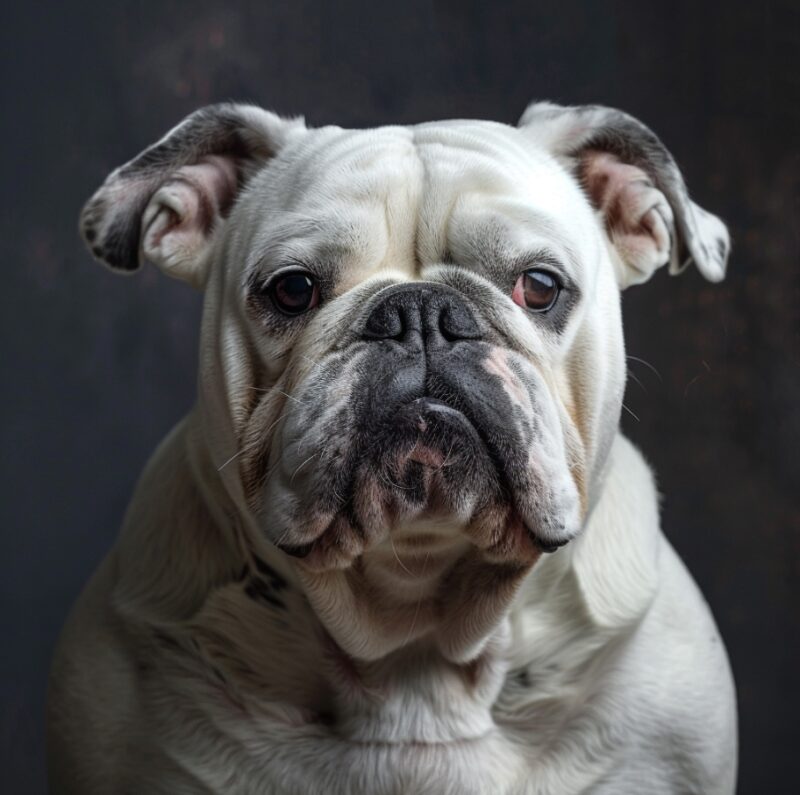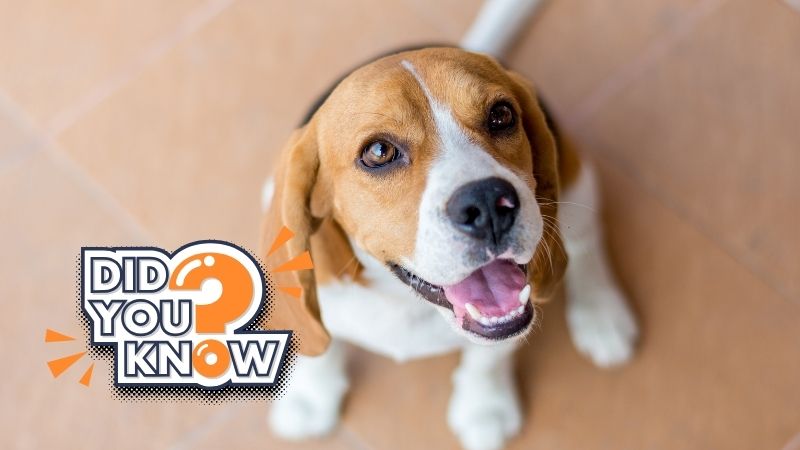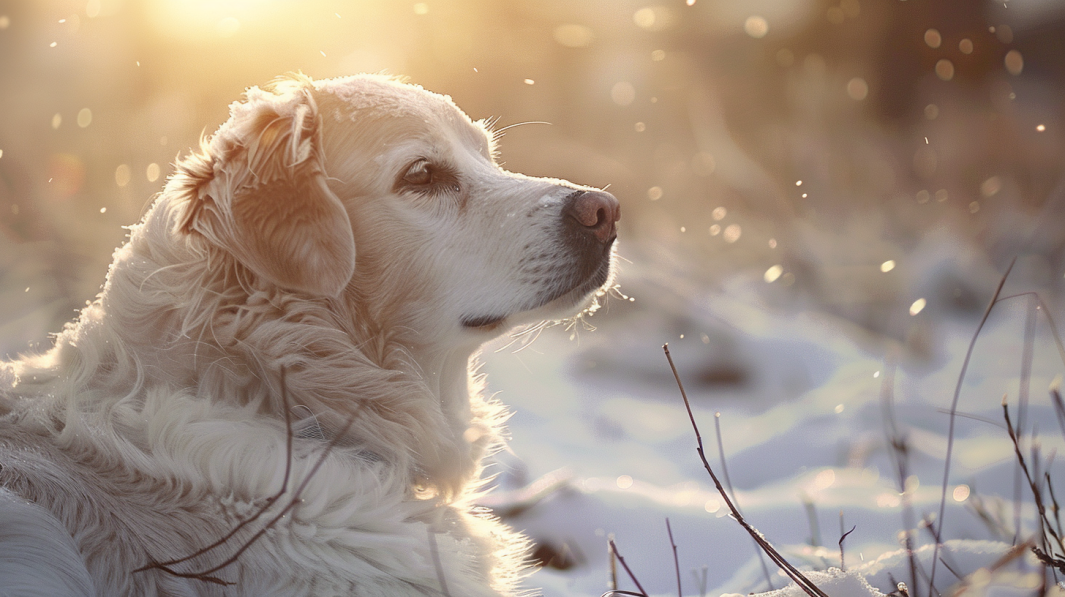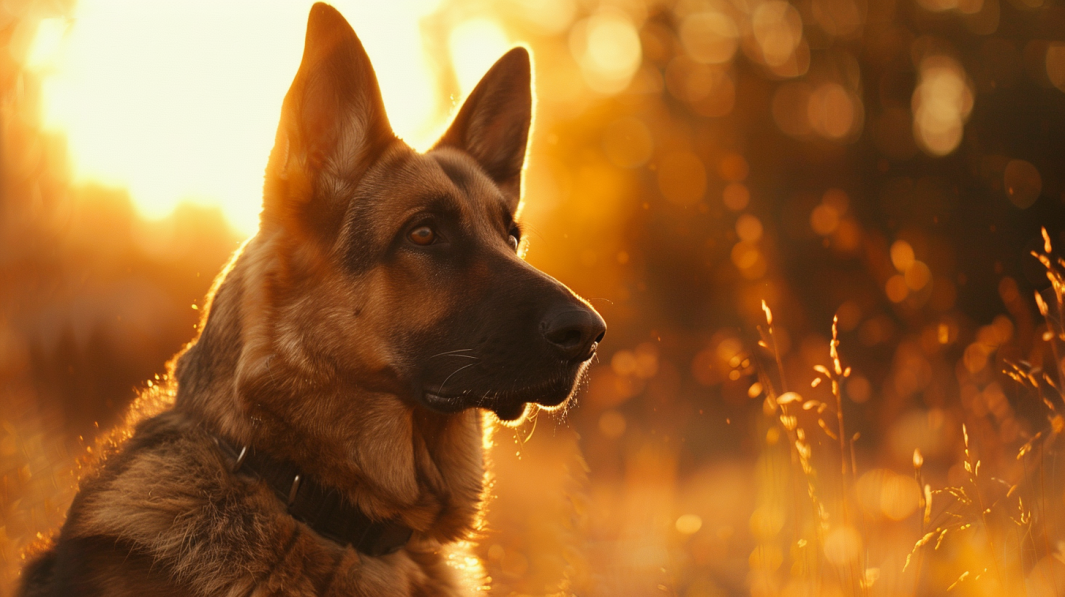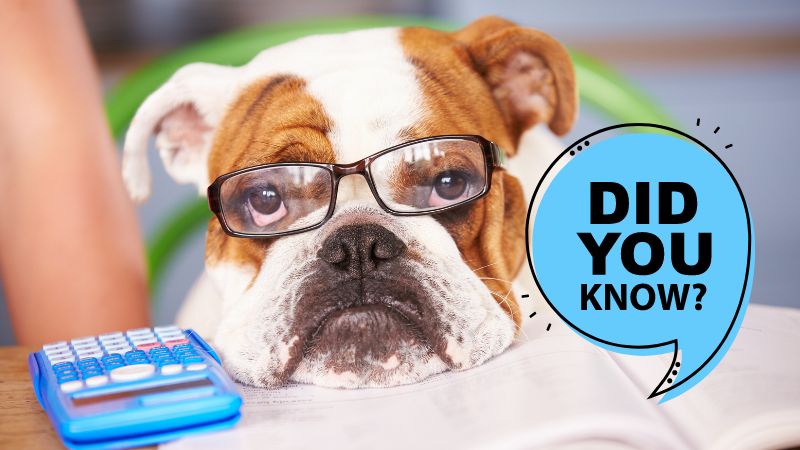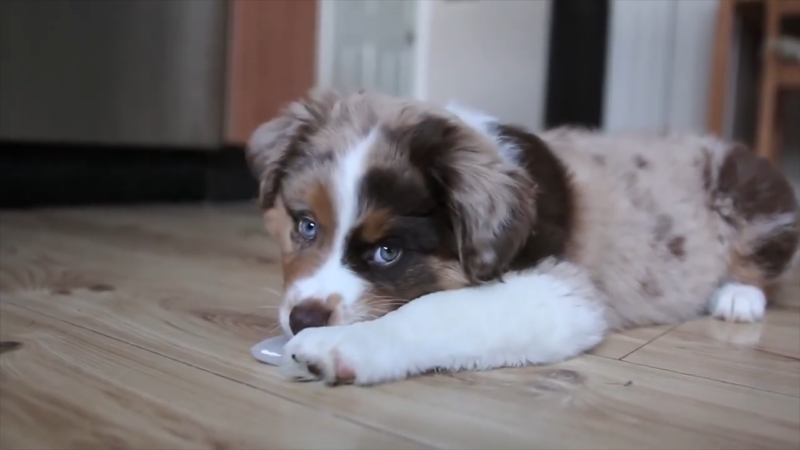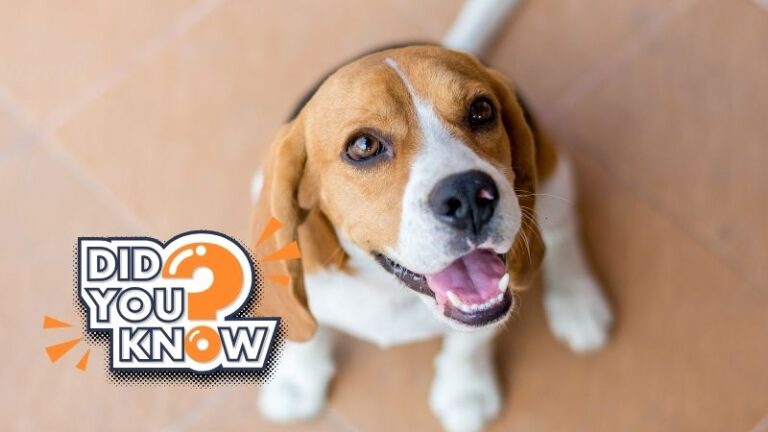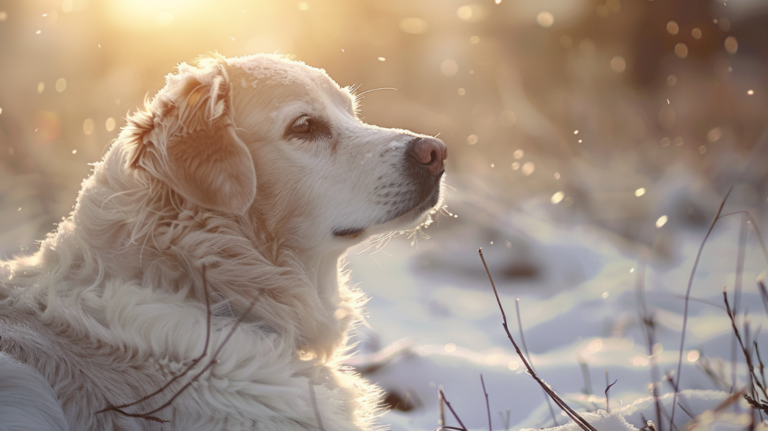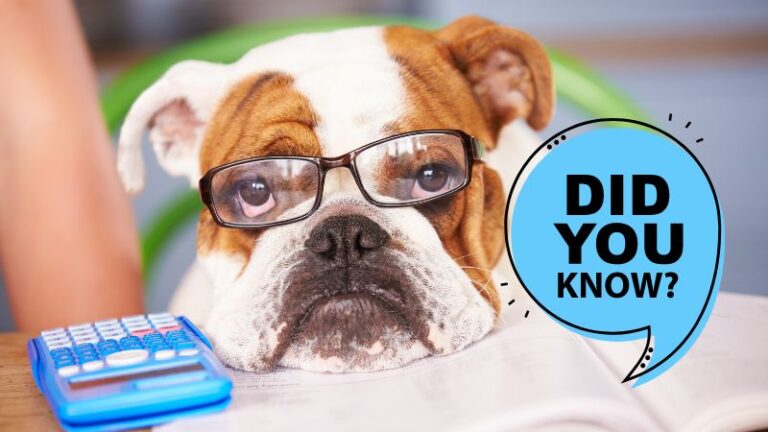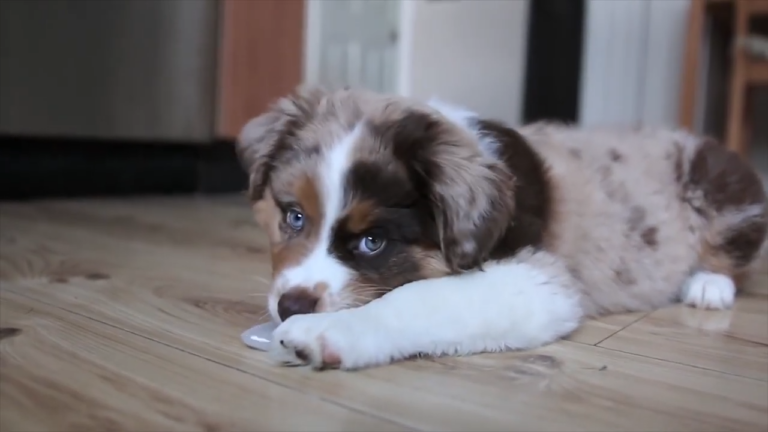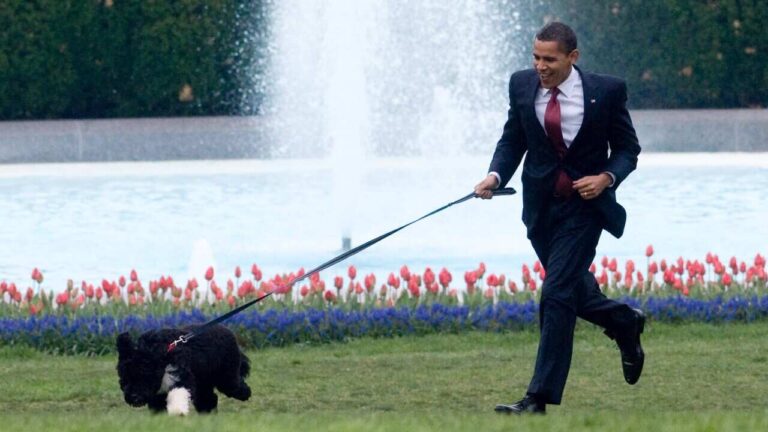Captain Max Emil Friedrich von Stephanitz and his friend Artur Meyer developed the German Shepherd Dog in the mid-19th century. The creators wanted a sheepdog of German heritage who possessed superior working ability.
Today, the large, confident, and super-intelligent German Shepherd Dog is a loyal herding dog and beloved family companion who is well-known throughout the world. To add to this description, here are ten German Shepherd Dog facts you may not know.
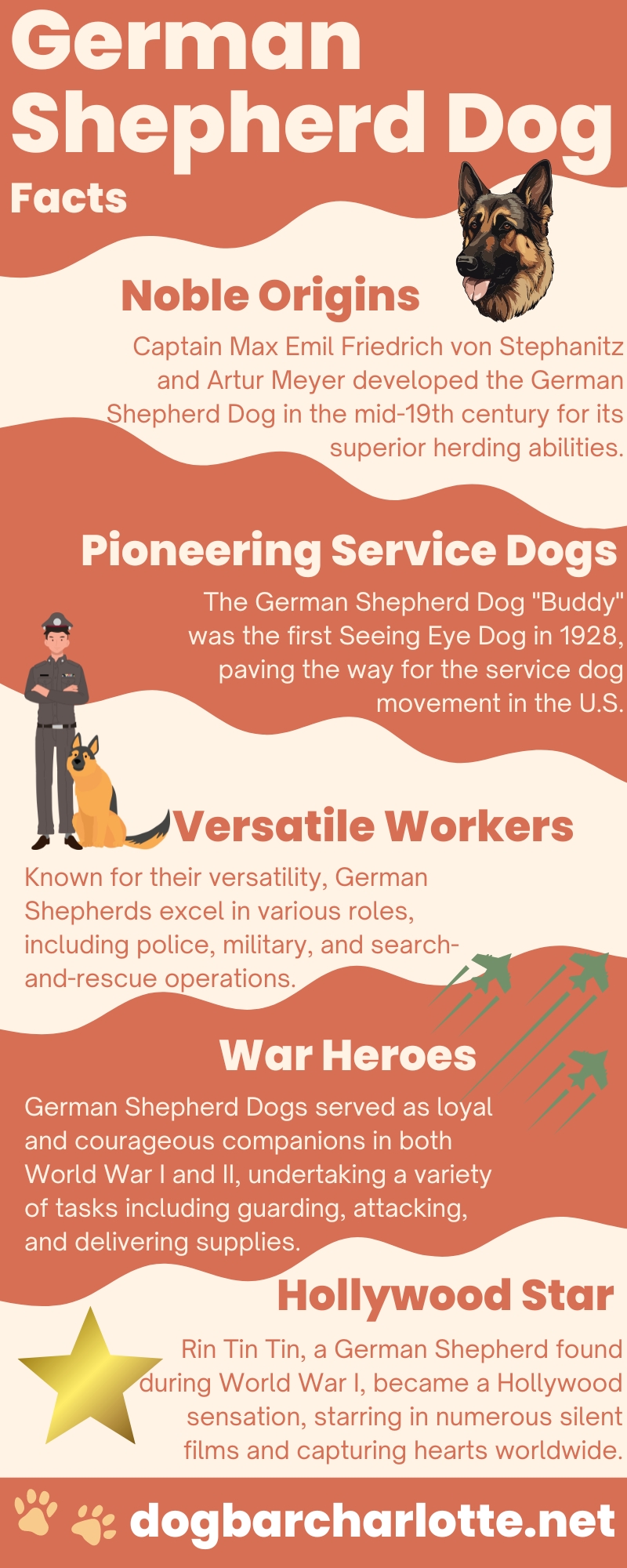
The ‘First’ GSD Had a Noble Name
When Stephanitz and Meyer saw a 4-year-old dog with a wolf-like appearance at a German dog show in 1899, they bought it for 200 German gold marks. Naming it “Horand von Grafrath,” the dog became the foundation of the German Shepherd Dog. The “von” in a GSD’s name suggests German noble ancestry.
They’re a Top 10 Favorite
Unsurprisingly, the German Shepherd Dog has remained in the top 10 of the most popular breeds in the U.S. for decades. A brilliant breed, count on the GSD as a steadfast family guardian. They’re reserved with people they don’t know but friendly to those they’ve met before.
Flowing Outline, Head Tilt, and Erect Ears
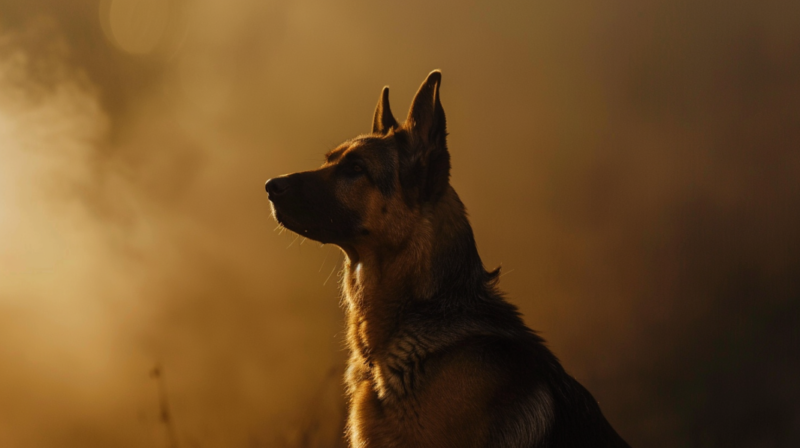
The GSD’s overall look is a picture of smooth, graceful curves. They look adorable when their ears point skyward and are squeezed together like eyebrows.
French Bulldogs, known for being charming and intelligent, share a similar appeal with their endearing expressions.
And who could resist seeing that cute head leaning to one side? But these positions mean something.
This breed is intelligent. When they hear a noise or are trying to understand what you’re saying, this head carriage helps them track the sound and comprehend your words.
German Shepherd Dogs Are Excellent Herders
A member of the Herding Group, GSDs were initially bred to tend to large flocks of sheep — as many as 1,000, by acting as a moving fence. They run along an invisible line and instinctively know how to keep the flock in a defined area away from danger.
Watching a GSD’s smooth, flowing, and efficient gait is a sight. The breed can cover a maximum amount of ground with a minimum number of steps.
Plan On Enrolling Your GSD in Training Classes
With energy and endurance to spare combined with an active mind, GSDs need a lot of activity to keep them occupied.
Once at home, the German Shepherd Dog is happy to relax but always keeps a watchful eye on the door for any intruders.
A GSD was the First Service Dog
When “Buddy,” a German Shepherd Dog, became a Seeing Eye Dog for Morris Frank in 1928, the dog helped establish the service dog movement in the U.S.
GSDs Are Adept at Multi-Tasking
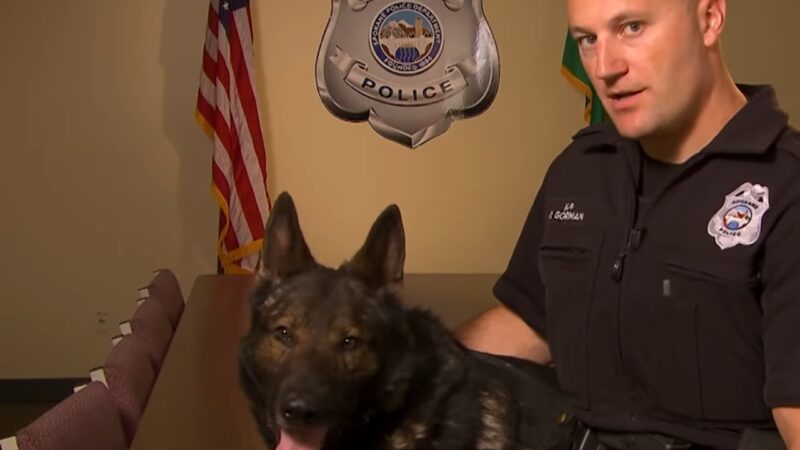
Willing to put their lives on the line to defend their loved ones, they’re eager workers in police and military operations. They can go after a bad guy one day and perform search-and-rescue, bomb detection, and drug-sniffing duties the next.
Their Double Coat Sheds
This breed’s thick, coarse double coat helps insulate the dog, keeping it cool in summer and warm in winter. To properly maintain it, never shave or cut your GSD’s coat. Brush it or use a de-shedding tool every other day to remove loose hair easily.
Differences between the Alaskan Klee Kai and Siberian Husky can also be noted in their coat types and sizes.
GSDs Were Notable War Heroes
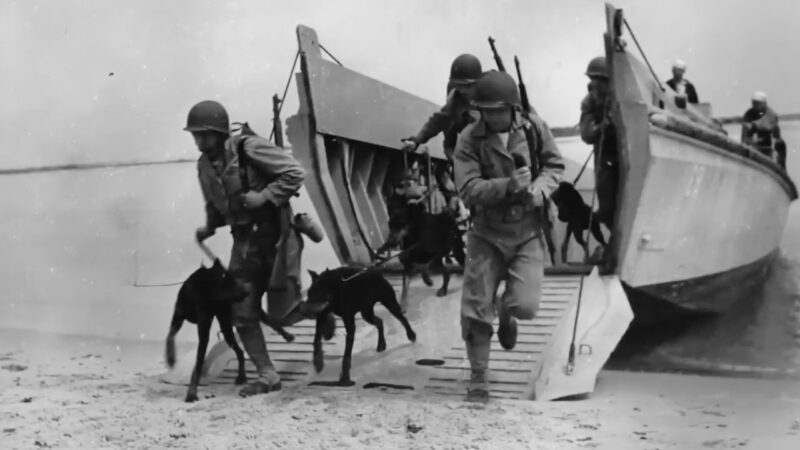
The German army used German Shepherd Dogs in World War I and II as guard, attack, and messenger dogs. Fearless on the battlefield, the breed protected troops and carried medical supplies.
They’re a Showbiz Favorite
When an American soldier, Lee Duncan, found a GSD puppy in France during World War I, he called it “Rin Tin Tin” and brought it home after the war. The dog’s athleticism and intelligence earned him starring roles in 23 silent Warner Bros. films, and he became Hollywood’s number-one star.
